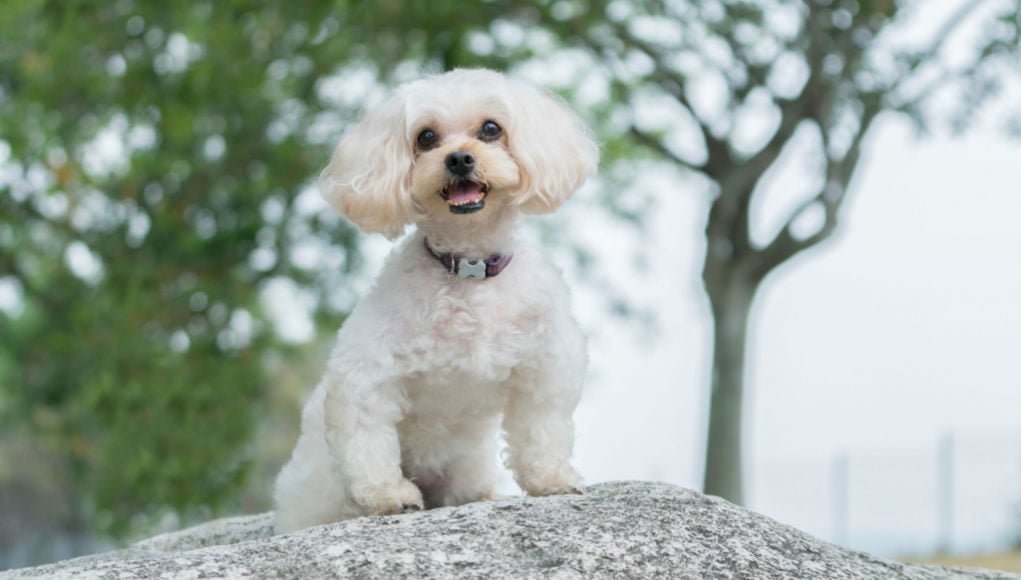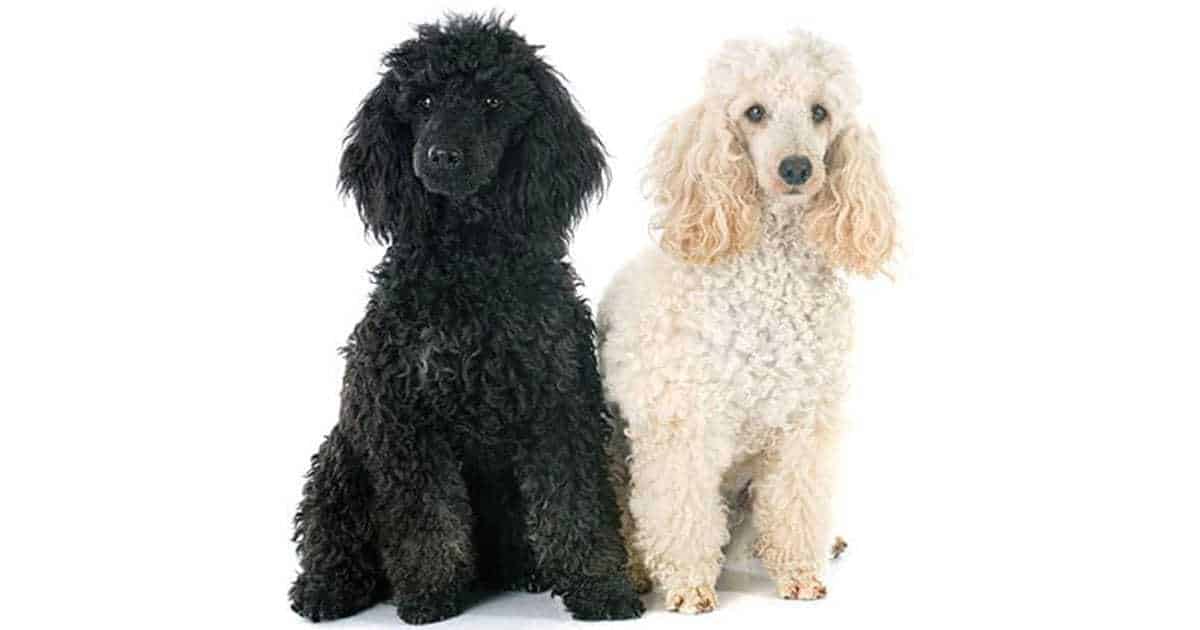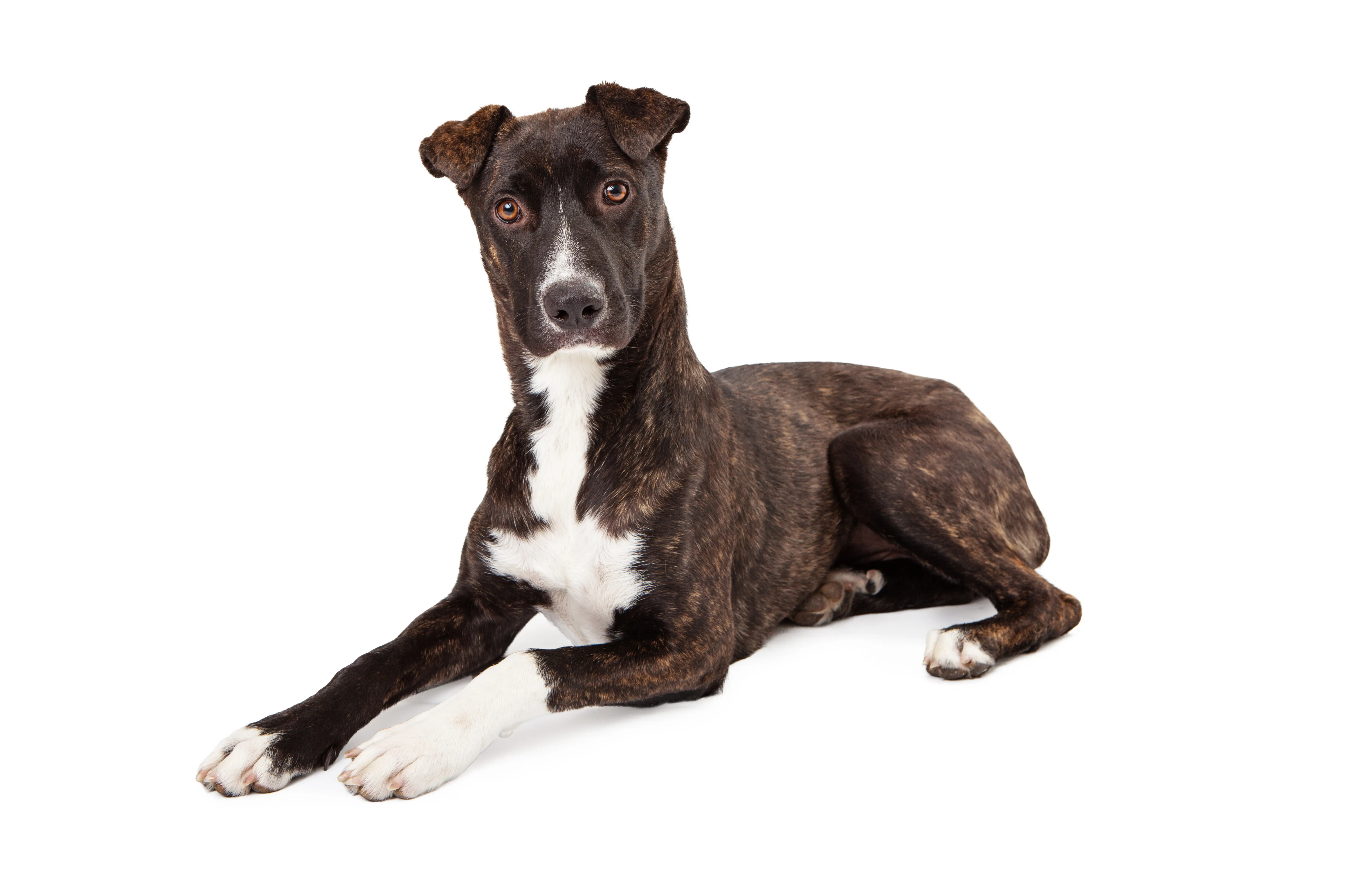Key Takeaways:
- Bernedoodles are a crossbreed between a Bernese Mountain Dog and a Poodle, resulting in a hypoallergenic and intelligent dog.
- They have a friendly and affectionate temperament, making them great family pets.
- Bernedoodles require regular grooming to maintain their coat, which can be curly or wavy.
- Exercise is important for Bernedoodles to prevent obesity and keep them mentally stimulated. Daily walks and playtime are recommended.
- Training should start early with Bernedoodles to ensure they grow up to be well-behaved dogs. Positive reinforcement methods work best with this breed.
Are you a dog lover looking to add a new furry friend to your family? Or maybe you're just curious about different dog breeds and their unique characteristics. Well, look no further! In this article, we will delve into the world of Bernedoodles - an adorable crossbreed that has been capturing the hearts of dog enthusiasts everywhere. By understanding the full profile, history, and care of Bernedoodles, you'll gain valuable knowledge that can help you make an informed decision when it comes to choosing the perfect canine companion. Whether you're considering getting a Bernedoodle or simply want to expand your knowledge about dogs, this article is packed with fascinating information that will leave you wanting more. So let's dive in and discover everything there is to know about Bernedoodles!
What is a Bernedoodle and what are its characteristics?
Introduction to Bernedoodles
Bernedoodles are a popular designer breed that combines the traits of the Bernese Mountain Dog and Poodle. These adorable dogs are known for their friendly nature, intelligence, and hypoallergenic coat. They come in various sizes, including standard, miniature, and toy, making them suitable for different living situations.
Characteristics of Bernedoodles
One of the most notable characteristics of Bernedoodles is their loving and gentle temperament. They are loyal companions who enjoy spending time with their families. Bernedoodles are also highly intelligent dogs, which makes them easy to train. They have an innate desire to please their owners and excel in obedience training.
In terms of appearance, Bernedoodles have a unique coat that can vary in texture and color. Their coats can be curly like a Poodle or wavy like a Bernese Mountain Dog. The colors range from black and white to tri-color combinations of black, white, and brown.
Overall, Bernedoodles make excellent family pets due to their friendly nature, intelligence, and versatility in size.
How the Bernedoodle breed came into existence?
The Origins of the Bernese Mountain Dog
The Bernese Mountain Dog is a Swiss breed that has been around for centuries. These dogs were originally bred as working dogs on Swiss farms. They were used to pull carts, guard livestock, and assist with various tasks around the farm.
The Introduction of Poodles
Poodles originated in Germany but gained popularity in France as water retrievers. Their intelligence and ability to learn quickly made them ideal for hunting waterfowl. Over time, Poodles became fashionable companions for European nobility due to their elegant appearance.
The Creation of Bernedoodles
The Bernedoodle breed was created by crossing Bernese Mountain Dogs with Poodles. The goal was to combine the desirable traits of both breeds, such as the Bernese Mountain Dog's friendly nature and the Poodle's hypoallergenic coat. The first intentional breeding of Bernedoodles occurred in the early 2000s, and since then, their popularity has been steadily growing.
The history of the Bernese Mountain Dog and Poodle breeds
Ancient Origins of the Bernese Mountain Dog
The Bernese Mountain Dog has a long history that dates back to ancient times. They are believed to be descendants of mastiff-type dogs brought to Switzerland by Roman soldiers around 2,000 years ago. These dogs were then bred with local Swiss herding dogs, resulting in the development of the Bernese Mountain Dog we know today.
The Elegant Poodle Breed
Poodles have a rich history that can be traced back over 400 years. They were originally bred as water retrievers and were highly valued for their swimming abilities and intelligence. Poodles became popular in France during the reign of Louis XVI and gained a reputation as elegant companions for aristocrats.
Standardization and Popularity
In the late 19th century, Poodles began to be standardized into three sizes: standard, miniature, and toy. This allowed them to be bred for different purposes and adaptability to various living situations. Today, Poodles are known for their distinctive curly coats and exceptional intelligence.
Overall, both breeds have fascinating histories that contribute to their unique characteristics and appeal as parent breeds for creating Bernedoodles.
What type of coat does a Bernedoodle have and how to groom it?
Coat Types of Bernedoodles
Bernedoodles can have different types of coats, depending on the traits inherited from their Bernese Mountain Dog and Poodle parents. The three main coat types are:
1. Curly Coat: This type of coat resembles the Poodle's curly fur and is low-shedding and hypoallergenic. It requires regular grooming to prevent matting.
2. Wavy Coat: The wavy coat is a mix between the curly Poodle coat and the straighter Bernese Mountain Dog coat. It is also low-shedding but may require less maintenance than a curly coat.
3. Straight Coat: Some Bernedoodles may inherit a straighter coat similar to the Bernese Mountain Dog's fur. This type of coat still requires regular brushing to keep it clean and free from tangles.
Grooming Tips for Bernedoodles
To keep your Bernedoodle's coat healthy and looking its best, here are some grooming tips:
- Brush your Bernedoodle's coat regularly to prevent matting and remove loose hair.
- Trim their nails regularly to keep them at a comfortable length.
- Clean their ears weekly to prevent infections.
- Bathe them as needed, using dog-friendly shampoo and conditioner.
- Schedule regular professional grooming appointments for haircuts and maintenance.
Remember that proper grooming not only keeps your Bernedoodle looking great but also contributes to their overall health and well-being.
Are Bernedoodles good with children and other pets?
Bernedoodles as Family Pets
Bernedoodles are known for their friendly nature, making them excellent family pets. They are generally good with children of all ages, as they are patient, gentle, and enjoy playing. However, it is essential to supervise interactions between young children and dogs to ensure everyone's safety.
Introducing Bernedoodles to Other Pets
Bernedoodles can also get along well with other pets if properly introduced and socialized from a young age. They are generally friendly towards other dogs and can form strong bonds with them. However, it's important to introduce new pets gradually and provide positive reinforcement to encourage good behavior.
Training for Positive Interactions
Proper training and socialization are crucial for ensuring that Bernedoodles behave well around children and other pets. Early obedience training helps establish boundaries and teaches them how to interact appropriately. Positive reinforcement techniques, such as treats and praise, work well in training Bernedoodles.
Remember, every dog is unique, so it's essential to assess their individual temperament and monitor interactions with children or other pets to ensure a harmonious household.
Exercise and training for a healthy and happy Bernedoodle
Exercise Needs of Bernedoodles
Bernedoodles require regular exercise to keep them physically fit and mentally stimulated. The amount of exercise needed may vary depending on the size of your Bernedoodle. Here are some exercise options:
- Daily Walks: Taking your Bernedoodle for daily walks is an excellent way to meet their exercise needs. Aim for at least 30 minutes to an hour of walking each day.
- Playtime: Engage in interactive play sessions with your Bernedoodle using toys like balls or frisbees. This not only provides physical exercise but also strengthens the bond between you and your dog.
- Mental Stimulation: In addition to physical exercise, mental stimulation is vital for Bernedoodles. Puzzle toys or obedience training sessions can help keep their minds sharp.
Training Techniques for Bernedoodles
Training is essential for a well-behaved Bernedoodle. Here are some tips for effective training:
- Start Early: Begin training your Bernedoodle as soon as you bring them home. Early socialization and obedience training are crucial for their development.
- Positive Reinforcement: Use positive reinforcement techniques such as treats, praise, and rewards to motivate your Bernedoodle during training sessions. This encourages good behavior and strengthens the bond between you and your dog.
- Consistency: Be consistent with your training methods and expectations. Establish clear rules and boundaries to help your Bernedoodle understand what is expected of them.
Remember to make training sessions fun and engaging to keep your Bernedoodle interested and eager to learn.
Caring for a Bernedoodle: diet, vaccinations, and regular check-ups
Dietary Needs of Bernedoodles
Providing a balanced diet is essential for the health of your Bernedoodle. Here are some dietary considerations:
- High-Quality Dog Food: Choose a high-quality dog food that meets the nutritional requirements of your Bernedoodle. Look for options that contain real meat as the primary ingredient.
- Portion Control: Follow the feeding guidelines provided by the dog food manufacturer based on your Bernedoodle's weight and activity level. Avoid overfeeding to prevent obesity.
- Fresh Water: Ensure that your Bernedoodle has access to fresh water at all times to stay hydrated.
Vaccinations and Regular Check-ups
To keep your Bernedoodle healthy, it's important to follow a vaccination schedule recommended by your veterinarian. Vaccinations protect against common diseases such as rabies, distemper, parvovirus, and more.
Regular veterinary check-ups are also crucial for preventive care. During these visits, the veterinarian will conduct a physical examination, administer necessary vaccinations or boosters, perform parasite prevention treatments if needed, and address any concerns you may have about your Bernedoodle's health.
By providing proper nutrition, vaccinations, and regular veterinary care, you can ensure that your Bernedoodle stays healthy and happy for years to come.
In conclusion, Bernedoodles are a popular mixed breed dog that combines the traits of Bernese Mountain Dogs and Poodles. They make great family pets but require regular grooming and exercise to stay happy and healthy.
Are Bernedoodles prone to health problems?
Although Bernedoodles are generally healthier than purebred Bernese dogs, they may still be prone to conditions such as hip dysplasia, elbow dysplasia, ocular diseases, and allergies, according to Christman. However, overall, Bernedoodles are considered a healthy breed and are a wonderful choice for families.
What is the temperament of a full grown Bernedoodle?
Bernedoodles are known for their gentle and caring temperaments. They are patient with children and show affection and loyalty to their families. This breed is often described as a gentle giant.
What is the most sought after Bernedoodle?
The tri-color Bernedoodle is highly sought after for its distinctive look, but the black and white, merle, and pure black Bernedoodles are also worth considering. The Bernedoodle has a unique personality that sets it apart.
What is the history of the Bernedoodle dog?
The breeding of Bernese Mountain Dogs and Poodles likely happened in the past, but the intentional breeding of two Bernedoodles is said to have started around 2003 in Canada. Sherry Rupke bred her first litter of Bernedoodles in Ontario during that time.
What are the problems with Bernedoodles?
Bernedoodles are generally in good health, but they can be susceptible to certain health issues such as hip dysplasia, a condition where the hip joint does not align correctly and causes discomfort and difficulty in movement. They may also experience elbow dysplasia, a similar condition affecting the elbow joint.
What are the negatives of Bernedoodles?
Drawbacks of owning a Bernedoodle include potential misbehavior if not properly socialized and trained. Bernedoodles also do not do well when left alone for extended periods of time, so they may not be the best choice for individuals who work long hours.

















